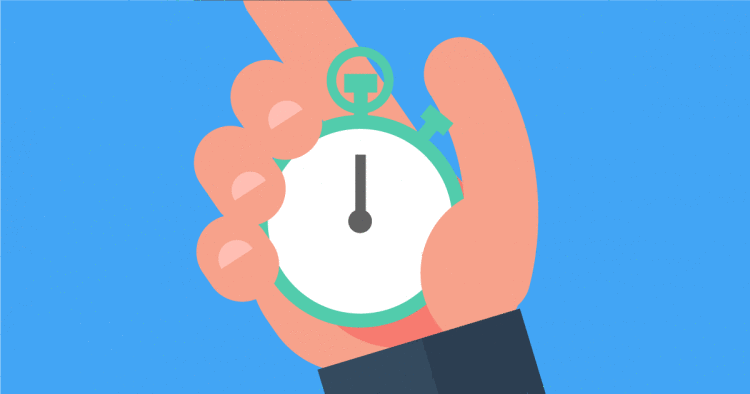
In the latest of our Q&A series, we are joined by Marc Guldimann, CEO & Founder of Parsec, the world’s first Cost Per Second platform for mobile.
So talk to us about Cost-per-second – how does it work and are there any limitations with regards to format or platforms?
Cost Per Second (CPS) is the first metric that guarantees consumer attention. To deliver that promise we have limited our platform to formats that capture 100% of a consumer’s attention for an amount of time they control. We launched CPS on the mobile web first and will be offering desktop and video solutions in the near future.
How has the market responded to this new approach and what are the typical challenges you have faced?
The market has responded with great enthusiasm. We’ve run over 100 campaigns in the past year, delivering over 750 million seconds of opt-in consumer attention. Publishers, agencies, and brands all benefit from the increased transparency and efficiency of time-based advertising.
The challenges we face are typically caused by the inertia of the impression; there’s a lot of systems, behaviours and processes in place to support CPM deals.
Specifically for publishers, how much penetration have you had, and is there a common theme that associates those who have embraced this model?
Parsec works with most of the top publishers in the US and an increasing number of UK based sites. Currently, we have the only CPS product in the market but, in the coming months, you’ll start to see publishers begin to offer Cost Per Second products directly by leveraging our platform.
Similarly with brands, does this model lend itself better to certain industries or objectives?
Some of the largest auto, finance, entertainment and consumer electronics companies rely on Parsec for the attention their brands require.
One of our most promising findings is the correlation of both brand and direct response metrics with time spent. Clicks and brand metrics both increase the longer people choose to spend with creative.
Presumably changing a buying model which has remained in place for decades is not easy to do?
That’s true, but the simplicity of time-based advertising coupled with an industry-wide demand for increased transparency is creating a perfect storm of sorts.
What about viewability, fraud, brand safety – any issues here?
None at all. We recently announced a 100% human and 100% viewable guarantee for all our campaigns. We source all media directly from publishers, we don’t utilise anything from open exchanges. This reduces our exposure to fraud and potential brand safety issues.
Viewability is a given since ads must be in view for time to start accruing. We have models built for both MRC and GroupM standards.
Have you conducted any studies focussed on looking at the relationship between second length & impact?
Yes, last year our data science team conducted over 30 studies that examined the connection between time spent and brand lift – we observed a positive correlation in every single one of them. On average we found that every second led to a 14% increase brand lift.
How would you say the data & insight you produce is currently being used? Is it, for example, filtering into attribution models or with creative, informing the creative community on how to better tailor their messaging?
Yes, we’re seeing a lot of audience and creative testing based on time spent. Probably the most innovative use of our data is the sequencing of creative based on time. Our team is helping advertisers map creative to time-based funnels and engage consumers with more relevant messages, via Parsec and across other platforms.
What do the next 12 months look like for you? Do you foresee any barriers to the adoption of this model and if so, will it most likely come from the buy side or sell side?
Earlier this year we opened offices in London and Los Angeles, so we’re focused on building momentum in those markets. On the product side, we’re working to bring CPS pricing to more formats later this year.
There are barriers for both sides, adopting a new metric isn’t easy, but the efficiency and data created by time-based ads are winning over some of the largest agencies and publishers.